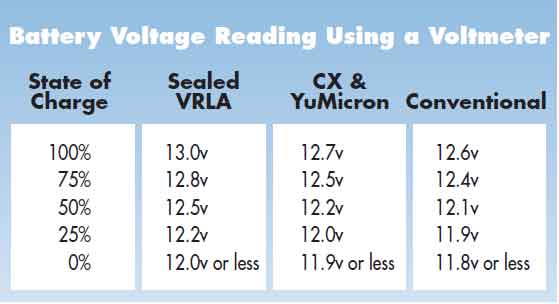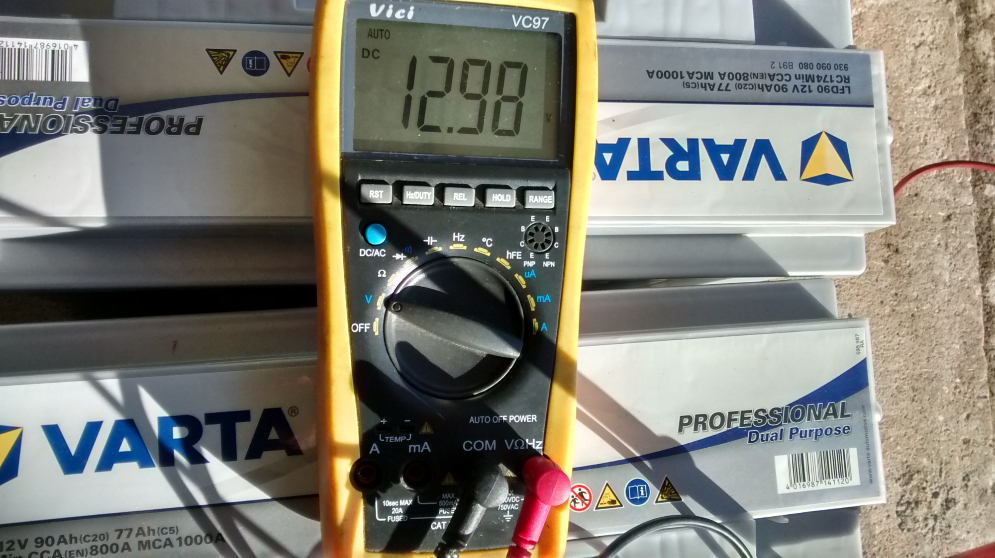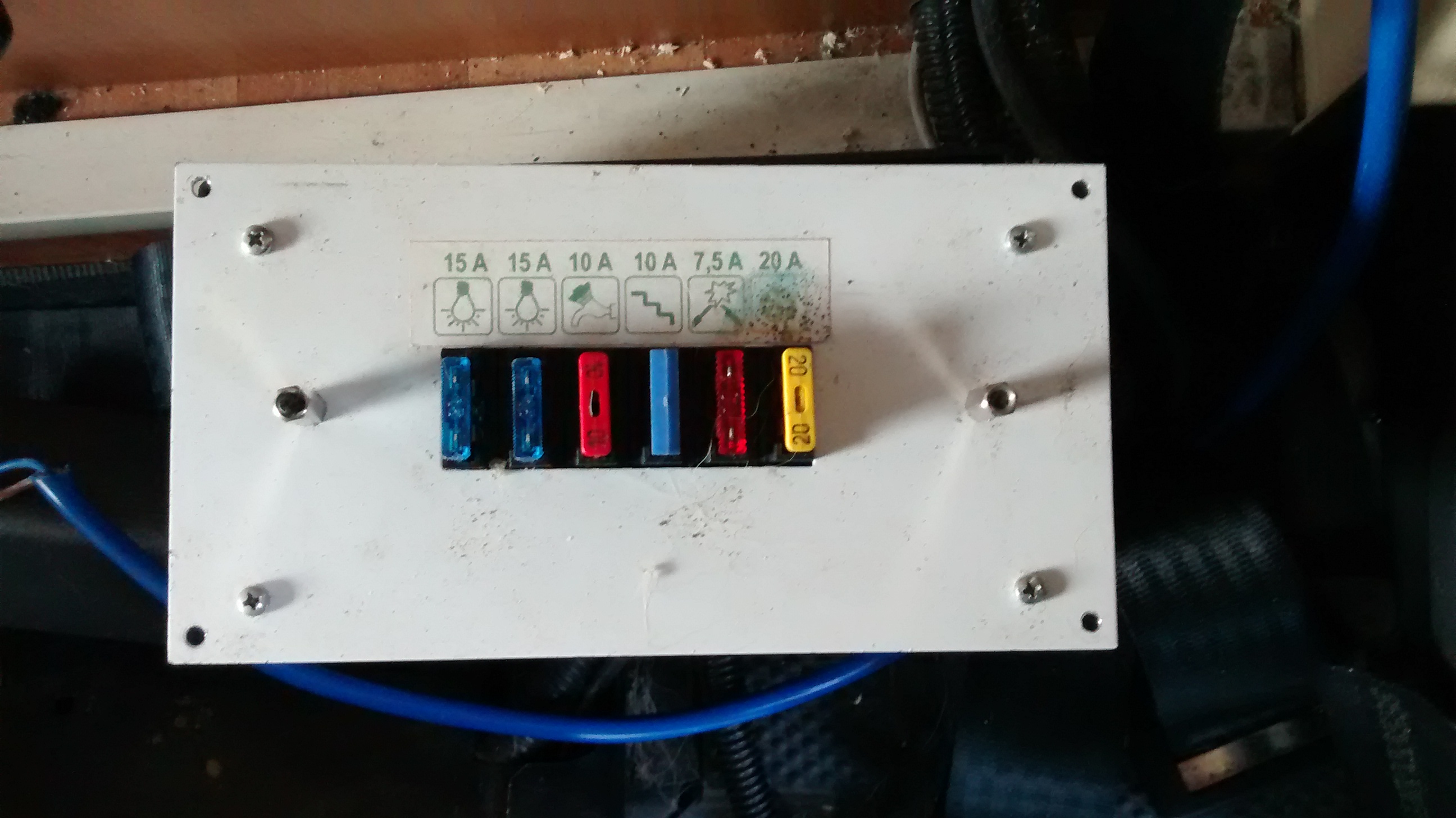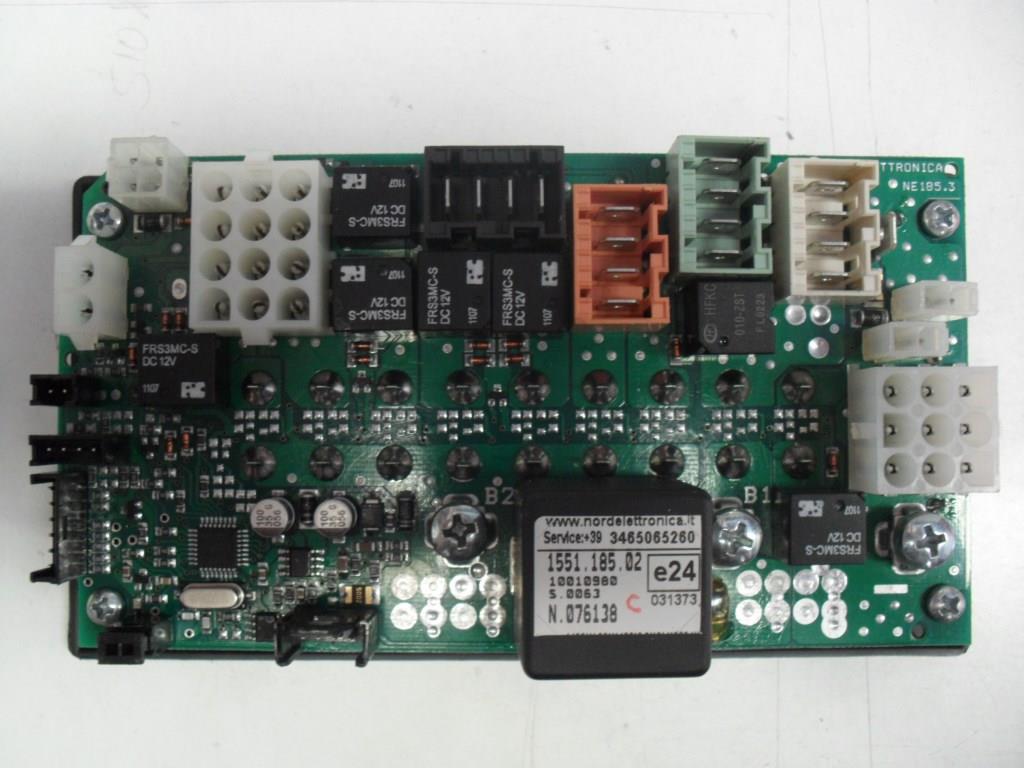Translate This Page
Important notice
Updated 29/09/2022.
Since the 31st of January 2020 Nordelettronica have changed its working practice and will now only supply parts and support equipment to registered dealers and manufactures of Motorhome and Touring Caravans. As we are a small repair company and work related to Nordelectronica is less than 10% of our business it is not practical or financially viable to register as a dealer or agency. We just don’t comply with the amount of business they require to make this change. Unfortunately, as we can’t guarantee the supply of parts and will be unable to return products for refurbishment or upgrade, we will be unable to offer a service for any of their products. If you have a faulty item, I suggest you contact your nearest Motorhome or Touring Caravan agent for your make of vehicle.
Last Updated: 06/02/2020
The above is feedback we have had. How many people drive 6 hours each way to get a Motorhome repaired and are elated by the experience?
Nordelettronica REPAIRS AND SALES, from the only company in the UK that repairs Battery chargers and also repairs Caravans and Motorhomes.
We are seeing more Motorhome Fuseboards that have burnt out. Some have been so badly burnt it has been hard to see the reason for the Fire, but it seems to be consistent with poor batteries, an overlarge battery bank or both.
The above Fuseboards are time consuming to replace as so much wiring is usually damaged. Along with the cost of a replacement Fuseboard, the bill can be high, so don't let your batteries get tired. Replace the batteries before they get past their best.
In case you think that is a Sales Pitch, we don't sell batteries.
The later version fuseboards are much better made and much more durable, if you have an early Fuseboard it is more cost effective to buy new than repair an old unit.
See our webpage "Add a second battery?" for more information on why, how Charger/Power Distribution units/Fuseboards can get burnt out.

The Nordelettronica chargers need care and consideration like any complex Electronic apparatus. No charger will take kindly to an exceptional work load caused from charging a battery past it's best, and this is the primary reason why so many chargers fail.
Leaving a NE143 based charger on long term EHU, places quite a strain on one of the Transformers, which degrades over time as the designer never expected it to be permanently powered on UK mains EHU.
Additionally, the extra heat generated inside the charger when it is working hard charging a poor battery, takes a further toll on an already stressed Transformer, which then becomes prone to overheating and melt down.
When Swift started fitting Nordelettronica units into their Caravans they ousted mostly unsophisticated chargers with a fixed 13.8v output that were more tolerant of poor batteries, but took forever to charge them.
The Nordelettronica NE143 range are elegant chargers with sophisticated multi stage charging programs that are able to get a big habitation battery up to a much higher charge, faster than the old generation chargers ever could.
However, they are designed to be used with a good battery. Many Caravan owners buy a new Caravan then fit the Battery from their old van. The battery is rarely in it's prime, causing a load on the Charger it was never expected to have. Throw Motor Movers into the mix, with poor advice from fitters on installing an incorrect battery, and even further strain was placed on the charger.
Additionally, some Dealers incorrectly advised permanent connection of the 230v Hook-up when the caravan was not in use which is bad for any battery, let alone a modern charger.
Yuasa are the latest company to warn against leaving a battery on long term mains hook-up, see our "EHU Full time - Yes or No" webpage for more info.




We are in a unique position in the industry as we are one of the only repairers of Caravan/Motorhome Electronics that also repair Caravans/Motorhomes. The competition repair chargers in an Electronics Workshop, but rarely see the environment that caused the failure.
We see the failed electronics inside the charger and the environment which caused it : the huge 3,000w Inverter, the 4 wheel Motor Mover, the bank of 4 almost expired batteries, etc. Nobody else we know is in this position, not even the Technicians in the Italian and German factories.
We think this gives us a unique insight into what makes them fail and how to get the best out of them.
MOTOR MOVERS
A key reason why some Caravan chargers seem to be failing is the addition of a Motor Mover to the Caravan with poor advice from the fitters to install a 110Ah Leisure batterty when a proper old school Leisure battery is NOT suitable for a Caravan with Motormovers. A Leisure battery is designed to supply small currents over a long period of time.
A 110Ah Leisure battery in the usual caravan locker physical size (
353mm W-175mm H-190mm) is also the most fragile battery going, see our Battery Technology webpage for why 110Ah batteries in this size should be avoided at all cost.A Gel Leisure battery is an even worse prospect as these tend have a very short life (sometimes just months) if used in association with a high current draw Motor Mover.
During the 5 - 10 minutes it can take to manoeuvre a caravan into position, a lot of current will be taken from the battery (up to 140amps on the sturdier twin axle 4 electric motor units) by what are effectively small starter motors.
This is exactly the load that a Leisure battery is NOT designed to take, and one that a Starter based battery is.
As a result, when you finally get lined up on your pitch a conventional Leisure battery is very hot, heavily depleted and likely to have been damaged by the exertion. The Charger then has a very hard time kicking it back into life, plus has to put back all that charge taken out.
Throwing in a big charge into a battery that will already have high Plate temperatures will do the battery no favours at all.
A work load neither the charger or battery was expected to have by the designers.
If you have Motor Movers fitted to your caravan we advise the heavy duty Varta Silver LFD90/Bosch L5. They are a dual purpose Starter/Deep Cycle habitation battery. They are literally unique and Patented because they are so special, so can't be copied by any other manufacturer, yet are only £95 from Tayna batteries.
How many batteries around today have a Patent on them because they are Head and Shoulders above the rest?
These batteries will start a 6 litre Truck engine in freezing conditions, specifically designed for high current draw AND Deep Discharge. They also stay fully charged for 6 months when disconnected from the vehicle, but obviously a 2 - 3 month refreshing charge is a very good idea. They do not Gas, the manufacturer states they have '"absolutley zero fluid loss". They are safer inside a habitation area than a Gel battery.
See the Battery Technology page for the suppliers, and reasons why we believe the Varta LFD90 to be amongst the best for any Caravan/Motorhome but especially good for a Motormover equipped Caravan. Around £95 for one of the most advanced technology batteries going.
When we started these pages in 2012, we received criticism from almost everyone who said 'you can't use a Starter battery in a Caravan'.
Well we are delighted to now see some of the more enlightened companies saying that a Leisure battery is taboo with a Motor Mover, and a Starter based battery is the only option!!
Our suggested varta LFD90/Bosch L5 is both a top class Habitation area battery and a Starter battery. Although, "it is only 90Ah" it will outperform any 110Ah battery in the same physical size.
When using a Motor Mover, try and rest the battery and motors for 3 minutes for every 5 minutes of use. It makes a big difference to the life of the Motors, the battery and the charger. This is especially important if going up an incline.
Delay recharging a Battery that has just done a lot of work powering a Motormover so it has time to cool down. Either delay connecting EHU for 30 mins, or switch off the charger before before connecting EHU. The battery casing may not feel warm, but the temperature at the plates will be high.
Note that we do not sell Batteries, so the above is not sales motivated.
Almost all Nordelettronica chargers have a charging program optimised for 'Wet' lead Acid batteries, not Gel or AGM. Some of the later versions do have a Gel setting, but as they are rarely the optimum battery, it is of little relevance. Leisure Gel batteries cost almost twice as much with little advantage, and are additionally more prone to damage by a Motor Mover, we strongly advise against fittment.
Never fit an AGM battery as the Chargers are not designed to support them and the high operating temperatures of a Motor Mover will destroy one in very short time. The charging voltage required by an AGM battery is very different to normal Lead Wet Acid, see our AGM page for more information.
See the Contact Us page for contact details.

|
Nordelettronica NE185 TR1 wiring adapter 2.pdf Size : 1886.835 Kb Type : pdf |

|
Nordelettronica NE 237.pdf Size : 1613.798 Kb Type : pdf |